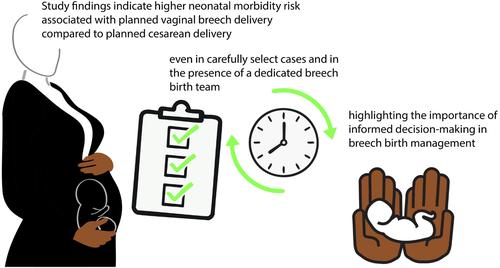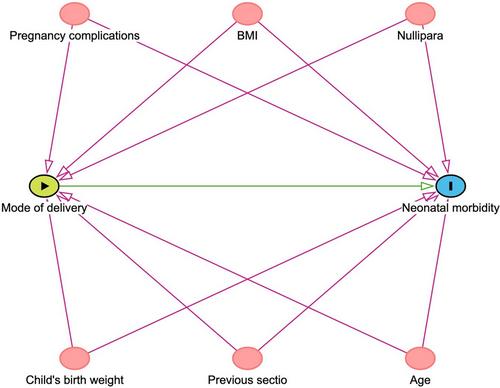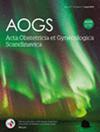Outcomes in term breech birth according to intended mode of delivery—A Swedish prospective single-center experience of a dedicated breech birth team
Abstract
Introduction
The appropriate mode of delivery for breech babies is a topic of ongoing debate. After the publication of the Term Breech Trial in 2000, the proportion of breech babies delivered vaginally in Sweden rapidly dropped to 7% from 26%. In 2015, international guidelines changed to once again recommend offering vaginal breech deliveries in select cases. In 2017, a Swedish hospital established a dedicated Breech Team to provide safe vaginal breech deliveries according to the new guidelines. The aim of this study is to compare neonatal morbidity in the group planned for cesarean breech delivery with the group planned for vaginal breech delivery treated in accordance with the new guidelines. The study adds to the literature by providing insights into the consequences of reintroducing vaginal breech births in a high-resource health-care setting.
Material and Methods
A prospective observational study was conducted at Södersjukhuset's maternity ward with 1067 women who gave birth to a single breech fetus at term. Outcomes were compared between the planned vaginal and planned cesarean delivery groups using intention-to-treat analysis and multivariate analysis to control for confounders.
Results
Out of the 1067 women, 78.9% were planned for cesarean delivery and 21.1% were planned for vaginal delivery. The planned vaginal group had a significantly greater risk for neonatal morbidity compared to the planned cesarean group (3.1% vs. 0.7%; OR 4.44, 95% CI 1.48–13.34). The risk difference remained significant after controlling for confounders.
Conclusions
Planned vaginal breech delivery was associated with an increased risk of neonatal mortality and short-term morbidity compared to planned cesarean breech delivery in accordance with the new guidelines. The potential risks and benefits of planned vaginal breech delivery should be carefully weighed against those of planned cesarean delivery.



 求助内容:
求助内容: 应助结果提醒方式:
应助结果提醒方式:


